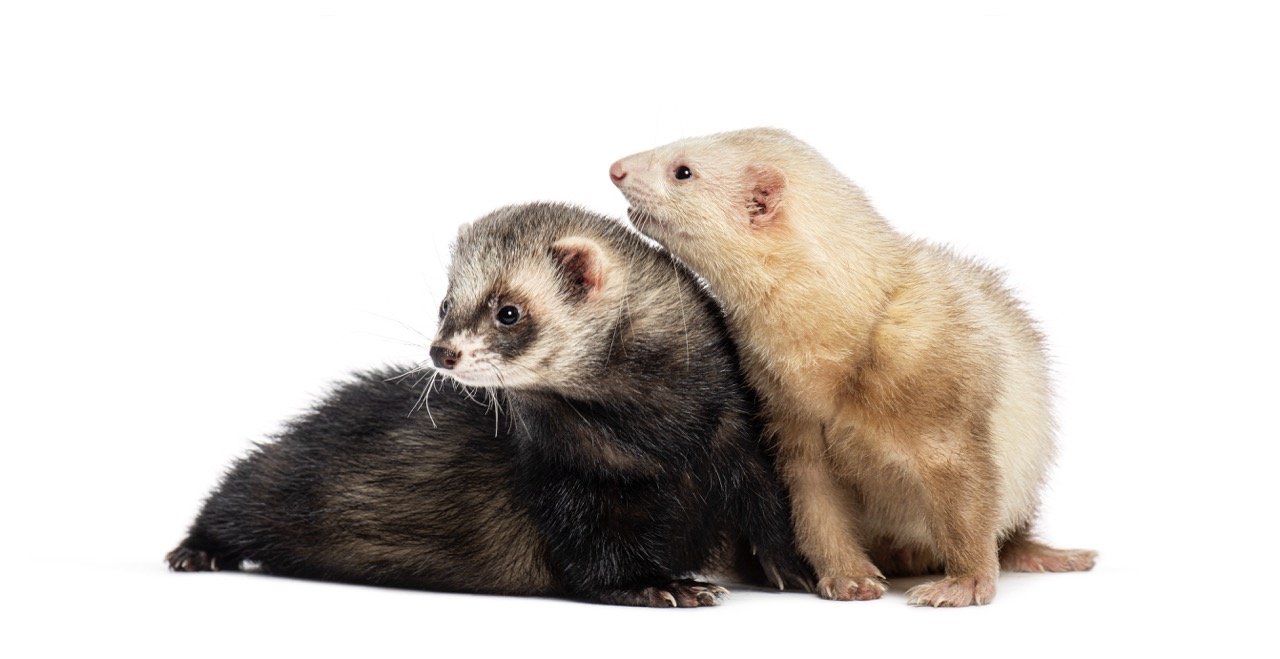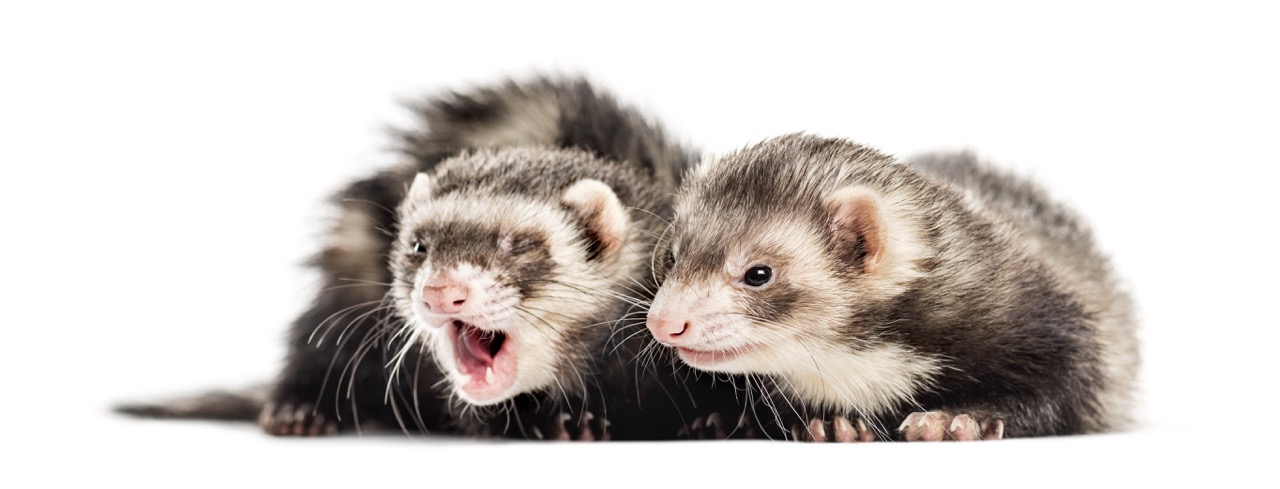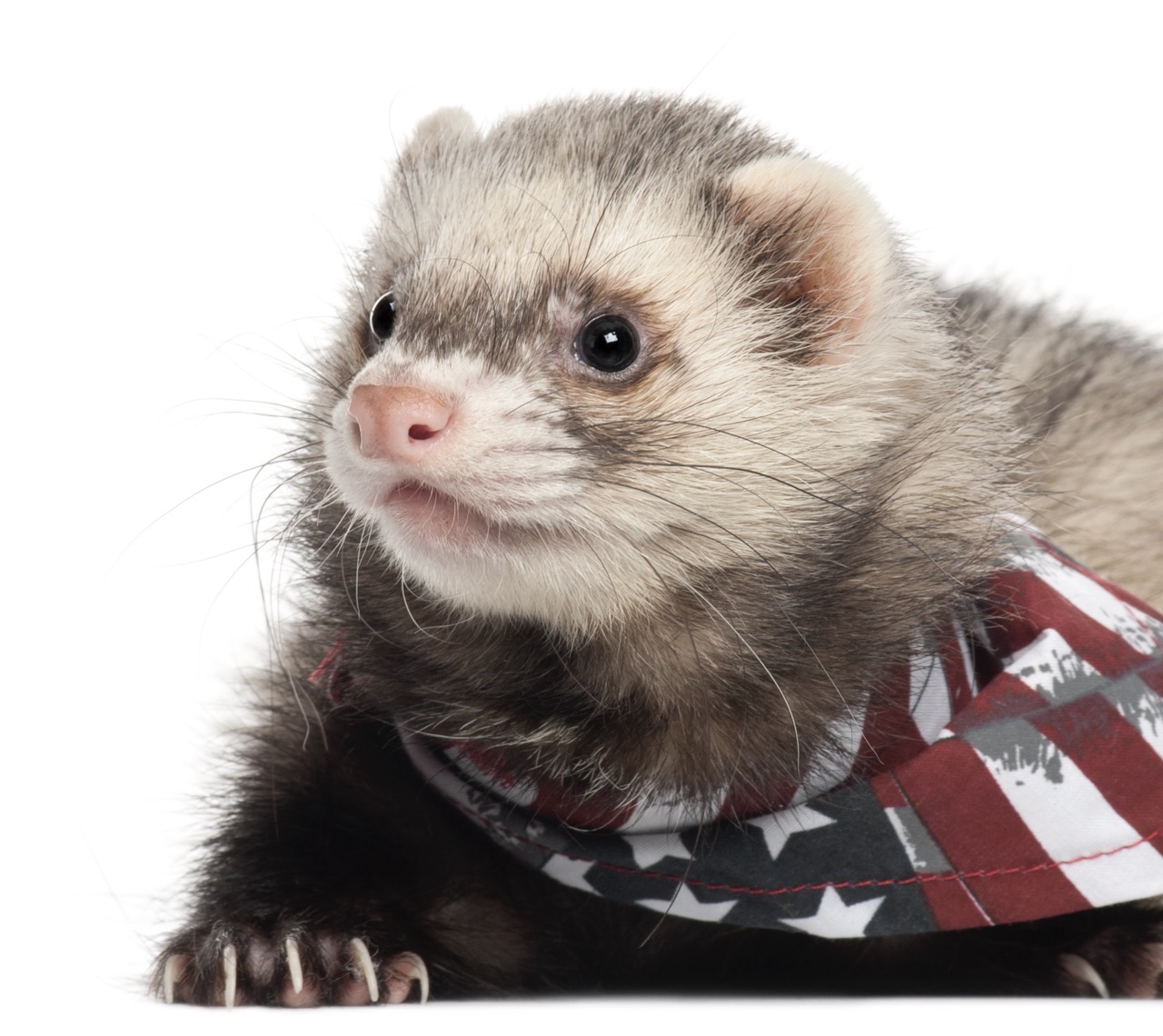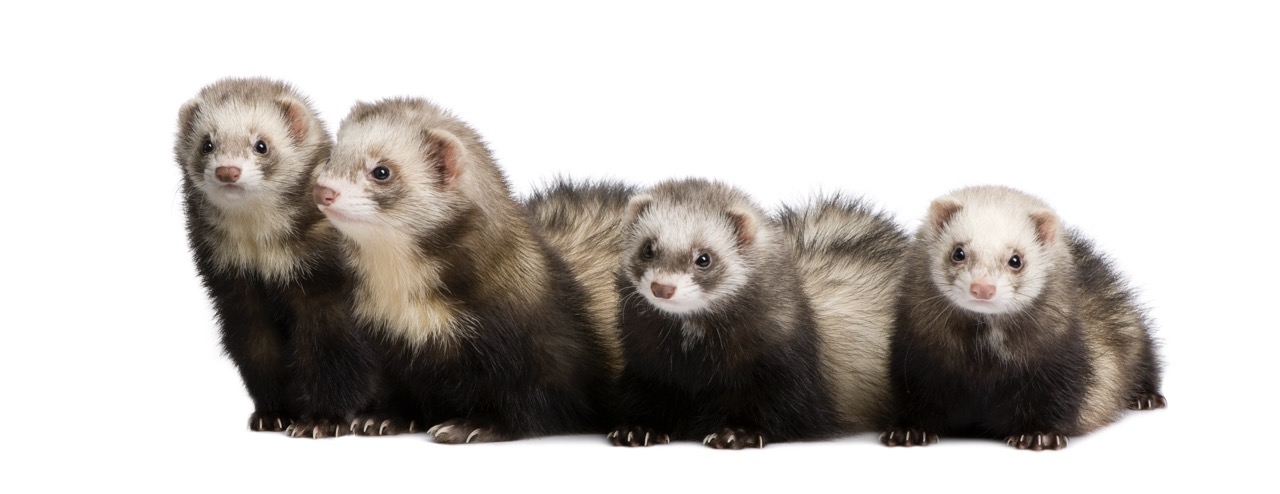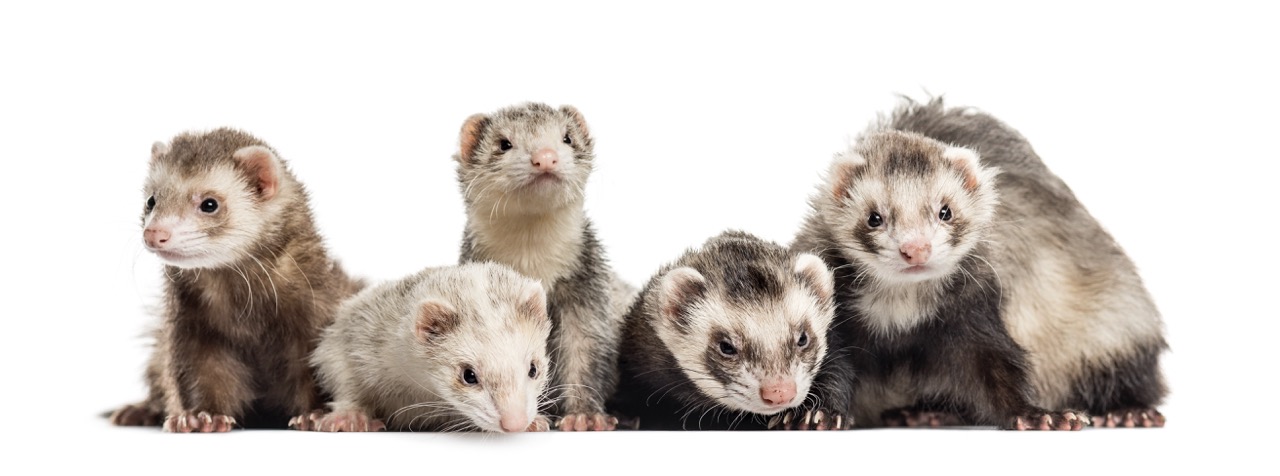In recent years, social media has revolutionized the way communities interact, share information, and build connections. Within this digital landscape, pet communities, including the ferret community, have found a unique space to thrive. Ferrets, once considered niche pets, have gained widespread popularity, and social media platforms have played a crucial role in shaping their community. This article explores how social media has impacted the ferret community worldwide, highlighting global networking opportunities, educational efforts, and the trends and challenges that arise from this interconnectedness.
The Rise of Social Media and Its Influence on Pet Communities
The advent of social media has transformed the way pet owners communicate and share experiences. Platforms such as Facebook, Instagram, and TikTok allow pet enthusiasts to create dedicated groups, pages, and profiles that focus exclusively on ferret care, behavior, and lifestyle. This accessibility to information fosters a sense of community among ferret owners, where they can freely share advice, post pictures, and discuss common challenges. The visual nature of these platforms, especially photo and video sharing, helps highlight the playful and quirky nature of ferrets, attracting more individuals to consider them as pets.
Moreover, social media has provided a platform for ferret rescue organizations and advocates to raise awareness about the importance of adoption and responsible pet ownership. Viral posts showcasing adoptable ferrets can reach thousands, if not millions, of viewers, significantly increasing the chances of finding homes for these animals. The ability to share success stories and educate potential owners about ferret care has led to a better understanding of the species and its needs, ultimately benefiting the ferret population as a whole.
However, while social media has many positive aspects, it also presents challenges, such as the spread of misinformation. With a wealth of information at their fingertips, users may come across conflicting advice on ferret care that can lead to confusion and mismanagement. This highlights the need for community leaders and knowledgeable members to actively engage with social media and provide accurate, evidence-based information to guide new and existing ferret owners.
Connecting Ferret Enthusiasts: Global Networking Opportunities
One of the most significant impacts of social media on the ferret community is the ability to connect enthusiasts from around the globe. Ferret lovers can join international forums and groups that foster discussions about their shared passion, regardless of geographical boundaries. This global connection allows for the exchange of ideas, tips, and resources, creating a robust network of support. Furthermore, the diversity of experiences shared by ferret owners from different cultures enriches the community, exposing members to various care practices and lifestyles.
Social media events, such as virtual ferret meetups, contests, and challenges, have also emerged thanks to these platforms. These events encourage participation and community engagement, allowing ferret owners to showcase their pets’ unique personalities and talents. Such interactions not only strengthen relationships among members but also cultivate a sense of belonging within the community, reinforcing the notion that ferret ownership transcends borders and backgrounds.
Across various social media platforms, dedicated hashtags, such as #FerretFriday or #FerretLove, have become popular among users, helping to create a sense of unity. These hashtags encourage users to share their ferret stories and images, which fosters a culture of inclusivity and celebration. As a result, the ferret community has grown in both size and spirit, making it an exciting and vibrant space for pet owners.
The Role of Social Media in Ferret Education and Awareness
Social media serves as a crucial tool for educating the public about ferret care and welfare. Many experienced ferret owners and veterinarians use their platforms to share valuable information, ranging from diet and health tips to training techniques. This democratization of knowledge enables new ferret owners to access reliable resources and improves the overall quality of care that pet ferrets receive. Educational content often takes the form of infographics, instructional videos, and live Q&A sessions, making it accessible and engaging to a wide audience.
Moreover, the ability to rapidly disseminate information on social media has proven beneficial during ferret-related health crises or outbreaks. For example, when specific diseases or health concerns arise, community members can quickly share alerts and guidelines on how to protect their pets. This rapid response capability promotes not only individual pet welfare but also contributes to the overall health of ferret populations in our communities.
In addition to health education, social media plays a vital role in promoting responsible ferret ownership. Campaigns that encourage adoption, spaying/neutering, and proper veterinary care are easily shared and amplified across various platforms. These campaigns help shift public perception and increase awareness about the responsibilities that come with owning a ferret, ultimately promoting a healthier and more sustainable community of ferret owners.
Trends and Challenges: Navigating the Ferret Community Online
As the ferret community continues to expand on social media, certain trends have emerged that shape the online experience. One such trend is the rise of influencer culture, where specific individuals or accounts gain popularity for their ferret-related content. These influencers can provide valuable insights, product recommendations, and foster a sense of community among their followers. However, this phenomenon also raises concerns regarding the commercialization of pet ownership, where some influencers may prioritize sponsorships over the welfare of ferrets.
Another challenge in the online ferret community is the potential for negative interactions, such as trolling or bullying. The anonymity afforded by social media can sometimes lead to toxic behaviors, which may discourage new members from participating in discussions or seeking advice. Addressing these challenges requires community leaders and members to actively promote positivity, inclusivity, and respect within the group.
Additionally, the ever-evolving nature of social media algorithms can impact how information is shared and consumed within the ferret community. Changes in visibility and engagement can significantly influence which content is prioritized, affecting the reach of educational materials and resources. Staying informed about these changes and adapting to new platforms and trends is essential for maintaining the community’s integrity and ensuring that valuable information continues to circulate effectively.
In conclusion, social media has undeniably transformed the ferret community worldwide by facilitating connections, enhancing education, and fostering a sense of belonging among enthusiasts. Despite the challenges that come with this digital landscape, the advantages far outweigh the drawbacks. As ferret owners continue to harness the power of social media, they have the opportunity to create a more informed, compassionate, and supportive community. For the future, it is crucial that members remain vigilant against misinformation and foster a culture of respect and shared learning, ensuring that ferrets are celebrated and cared for worldwide.






